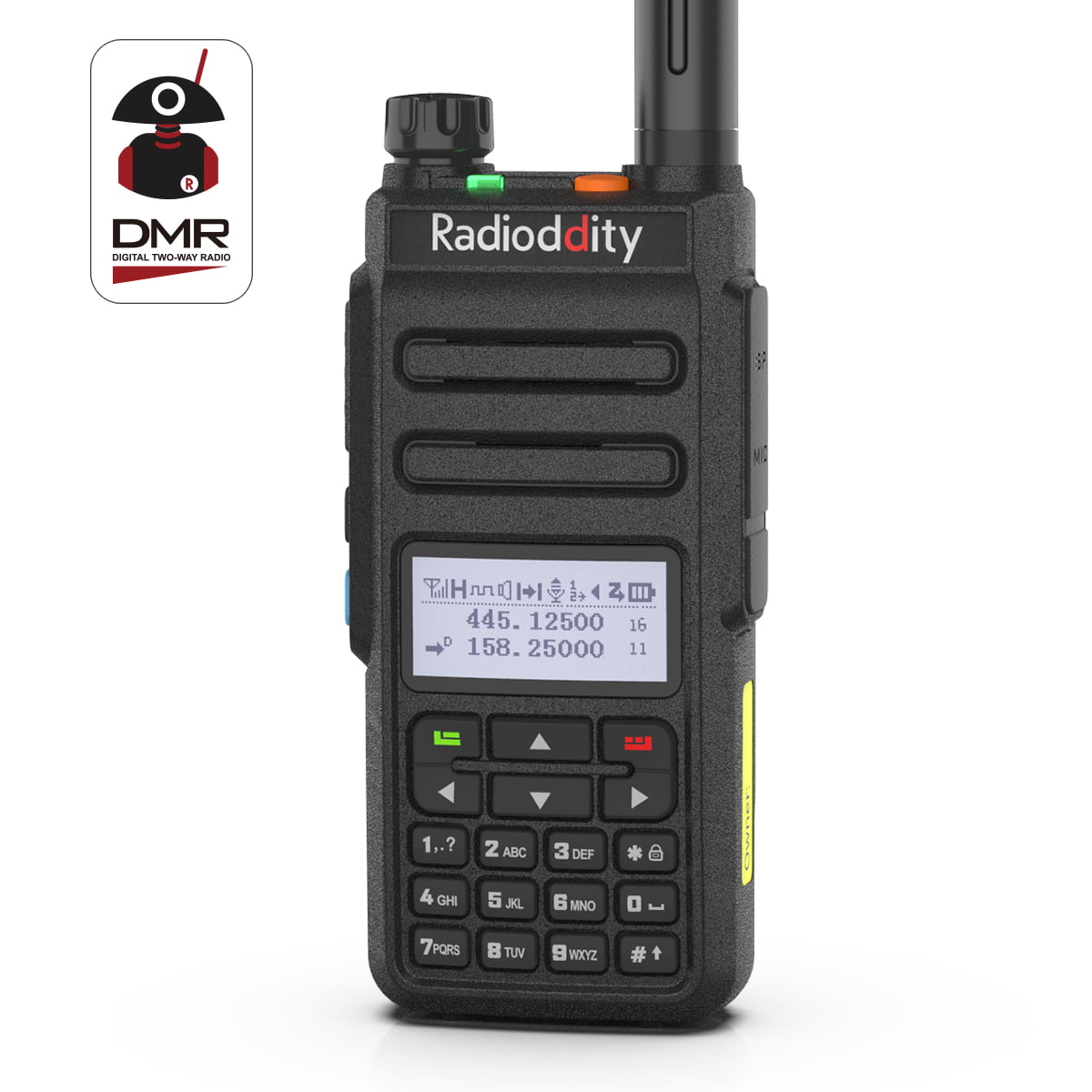


It maximizes radio ‘traffic’ within any set of frequencies. Trunking systems work efficiently for larger networks, making it possible to allocate any radio frequency to a user. This tier is aimed at organizations looking to benefit from trunking, voice, and data solutions. Tier III: DMR trunking systems support packet data services, including IPv4 and IPv6 formats.It offers a wide-range coverage and high-power communications. Tier II: This licensed conventional DMR system is aimed as a replacement for a conventional analog system.DMR Tier 1 is most commonly used by individuals and small businesses looking for short-distance coverage. Tier I: This includes unit-to-unit, unlicensed transmission on public frequencies.There are three different DMR tiers, as defined by the European Telecommunications Standards Institute (ETSI): It is an affordable and uncomplicated digital solution to analog radio. This new and versatile technology covers voice and data transmissions, along with conformance testing. Conclusion What is DMR Radio, and what does DMR Stand for?ĭMR stands for Digital Mobile Radio and is a European-developed international standard of digital radio.


 0 kommentar(er)
0 kommentar(er)
